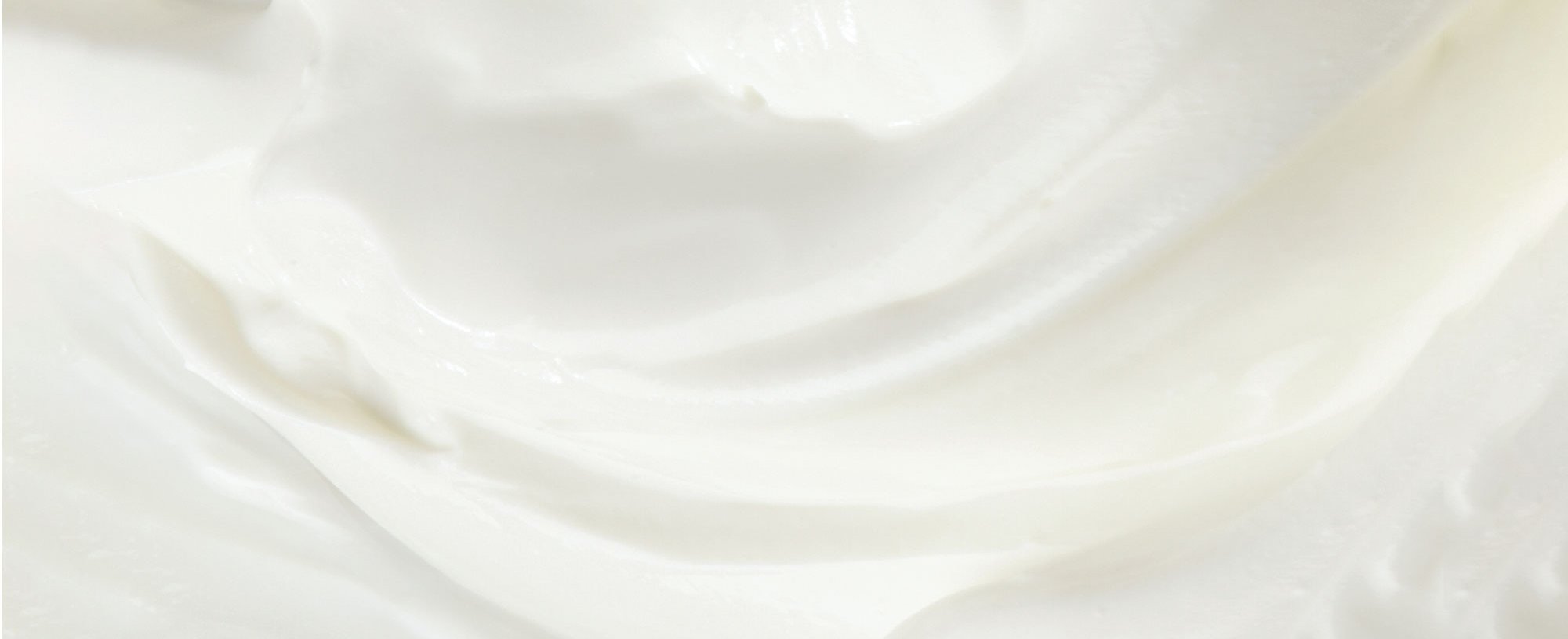Long gone are the days of blunt, long hanging strands with no definition. Today, our social media feeds are flooded with texturized heads of hair. It’s safe to say most of us have ogled over the layered haircuts and shaggy hairstyles worn by our favorite celebs, with little to no idea of the process that goes into texturizing your mane. Of course, you probably know that when it comes to achieving your perfect hairstyle, knowledge is power. Below, we’re sharing everything you need to know about how to texturize your hair.
HOW TO TEXTURE YOUR HAIR
Despite what you might think, texturizing hair isn’t something that you do at home. It’s actually a technique your hairstylist can use—not something to DIY. With that in mind, let’s break down how the pros do it.
3 TEXTURIZING TOOLS YOUR HAIRDRESSER USES
First, let’s talk tools. These three tools are key for bringing a texturized mane to life.
Texturizing Tool #1. Haircutting scissors. In case you didn’t already know, the scissors your hairdresser uses and the scissors in your kitchen drawer are quite different. Haircutting scissors are specifically shaped to get a precise, accurate cut. They’re smaller in size and have a sharper blade than your typical household pair.
Texturizing Tool #2. Thinning shears. If your hair is on the thicker side, your hairdresser may use thinning shears on your mane. A type of haircutting scissor, thinning shears have a guard on one blade to allow only some hair to be removed with each chop.
Texturizing Tool #3. Razors. Your hairdresser may also use a razor to texturize your mane. And no, we don’t mean the same razor you use to shave. While less precise than using scissors, hairdressing razors create a consistent, soft texturized look.
5 TEXTURIZING TECHNIQUES TO KNOW
Now that you’re familiar with the tools used to texturize hair, let’s go over some popular techniques your hairdresser may use. The following are different methods that can be done with haircutting scissors to create a specific texturized look.
Texturizing Technique #1. Point cutting. One of the most popular haircutting techniques, you’ve likely heard of point cutting at some point—but what is it? This texturizing method is a finishing technique that involves holding your hair vertically and cutting up into the hair. The result? A smooth, texturized cut as opposed to a blunt cut. For subtle texturization, your stylist will hold the scissors straight, cutting directly into the hair. For a bit more texture, they will cut into your hair at a slight angle. Typically, small chunks are cut at a time, though bigger chunks can be cut for a choppy, shaggy look.
Texturizing Technique #2. Twist cutting. This texturizing technique is done by sectioning thin areas of hair, then twisting each as tight as possible from root to ends. As the section is twisted, your hairdresser will cut your hair. When released, you’ll be left with a textured, thinned-out look.
Texturizing Technique #3. Chipping. If you have very thick hair that you could use help managing, this texturizing technique may be just what you need. Your hairdresser will pull a section of hair upward so that it’s parallel with your scalp; then they'll “chip” away at the mid-lengths of the section with a very light hand. This technique creates a more dramatic texturized look, greatly thinning out thick hair in the process. Make sure to go to a stylist you trust, as going overboard with this technique can leave you with a less than desirable look.
Texturizing Technique #4. Slithering. This texturizing technique is pretty much what it sounds like. Your stylist will start at the mid-lengths of your hair and slither downward toward your ends, leaving the blade of their haircutting scissors open with a light grip. This technique can help thin out thick hair in addition to adding texture. On the flip side, it can also be used to add volume to flat hair when done closer to the scalp.
Texturizing Technique #5. Smooth cutting. With this technique, your stylist will use a hairdressing razor. Remember, this type of razor has a guard, preventing too much hair from being cut at once! Your hairdresser will slide the razor from mid-length to ends in one fluid motion to thin and texturize your strands.
HOW TO USE HAIRSTYLING PRODUCTS TO GET MORE TEXTURE
If you aren’t quite ready to commit to a chop or simply want to amp up your texturized hair, here are two hairstyling products that can help you out.
Texturizing Product #1. Texture spray. As its name implies, a texturizing spray can instantly add texture throughout your mane. Popular options you’ve likely seen walking down the hair aisle include volume, wave, and sea salt sprays. Our rec? The L’Oréal Paris Advanced Hairstyle BOOST IT High Life Creation Spray, which adds volume and body throughout your mane.
Texturizing Product #2. Pomade or paste. A pomade or paste can also be used to add texture to your mane. Try working a dime-sized amount of the L’Oréal Paris Studio Line Overworked Hair Putty throughout your strands to create texture and thickness.







